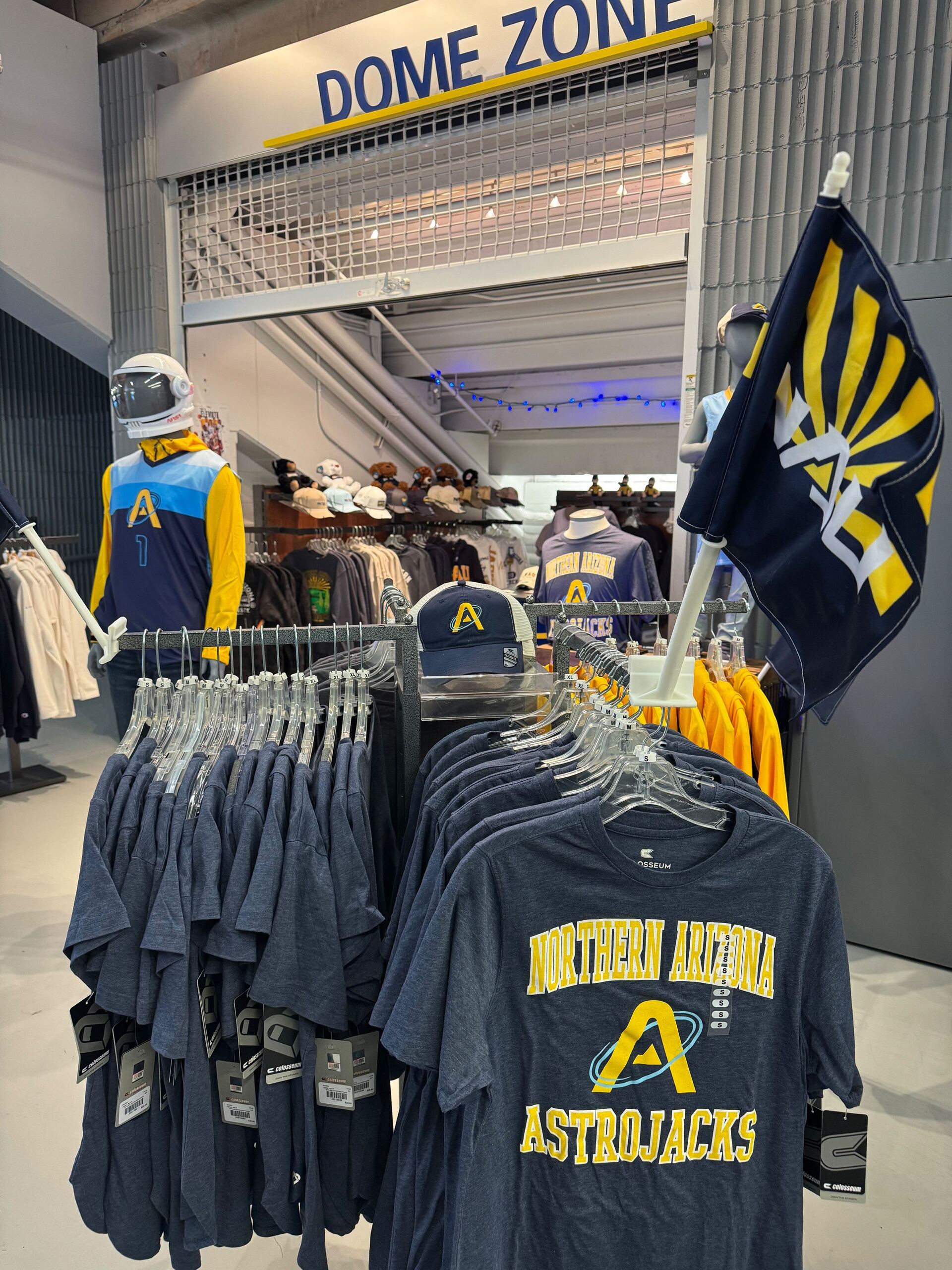Good morning, and thanks for spending part of your day with Extra Points.
Yes, I intellectually know that the college football season started last week. I watched Iowa State/Kansas State on TV just like everybody else (while following along with the Incarnate Word/Nicholls game, of course).
But Week 1 as We Know It starts tonight, highlighted by Boise State at South Florida, and then continues into the weekend. Later this afternoon, I’ll fly down to South Texas for UTRGV versus Sul Ross … even though I understand there’s a different game involving a Texas school that has some national import.
As a reminder for our new readers: This is a publication that focuses on off-the-field stories that shape college sports. Sure, I still care very much about what happens on the field. But there are other reporters who Know Ball better than I do, who can tell you about the keys to the Texas/Ohio State game or who is good bet to win the Heisman Trophy or how the Big 12 is going to shake out.
I’ll talk about that stuff on sports talk radio if you ask me, but that isn’t what Extra Points is really about.
In that spirit, I am following a few big storylines this season:
What will we learn about best practices for modern roster construction?
In the four-team playoff era, there was a pretty standard formula for building a roster that could compete for a national title. You needed to stack as much elite high school recruiting talent as you possibly could. You might’ve been able to sneak into the playoff with a sub-50 percent blue chip ratio if you had an elite quarterback, but you couldn’t actually win the title.
Our first national champion in the expanded playoff era, Ohio State, didn’t exactly blow up the blue chip ratio theory. But in a post-House, post-NIL, post-portal world, nobody is building rosters exactly like they did in 2016.
The conventional wisdom, I think, is that a program can “flip” a very bad roster into a competent one very quickly by relying heavily on transfers, but it’s impossible to build a championship-caliber roster by relying too much on portal talent. The current preseason title contenders — Penn State, Clemson, Ohio State, Texas, etc. — mostly follow that blueprint. They’ll bring in a few transfers to take their rosters to the next level, but the bulk of their starters will come from the high school ranks.
Will the performance of a team like Texas Tech this season potentially change that thinking — or reinforce it? Will there be enough data to be more specific about how and where transfer portal talent can best be allocated, or how total team payroll should be spent? Will the inefficiencies in how transfers are evaluated lead to more unpredictable results during the season?
I’m not sure! I’ll be very interested in how programs like Ole Miss, UNC, Louisville and Missouri perform this season, given how their rosters were built.
Will any fan fatigue begin to show?
Want to read the rest of the newsletter? Subscribe today!
Premium Subscriptions make Extra Points possible. Upgrade today to get access to everything we write:
Upgrade to Premium for just nine bucks a month:

















